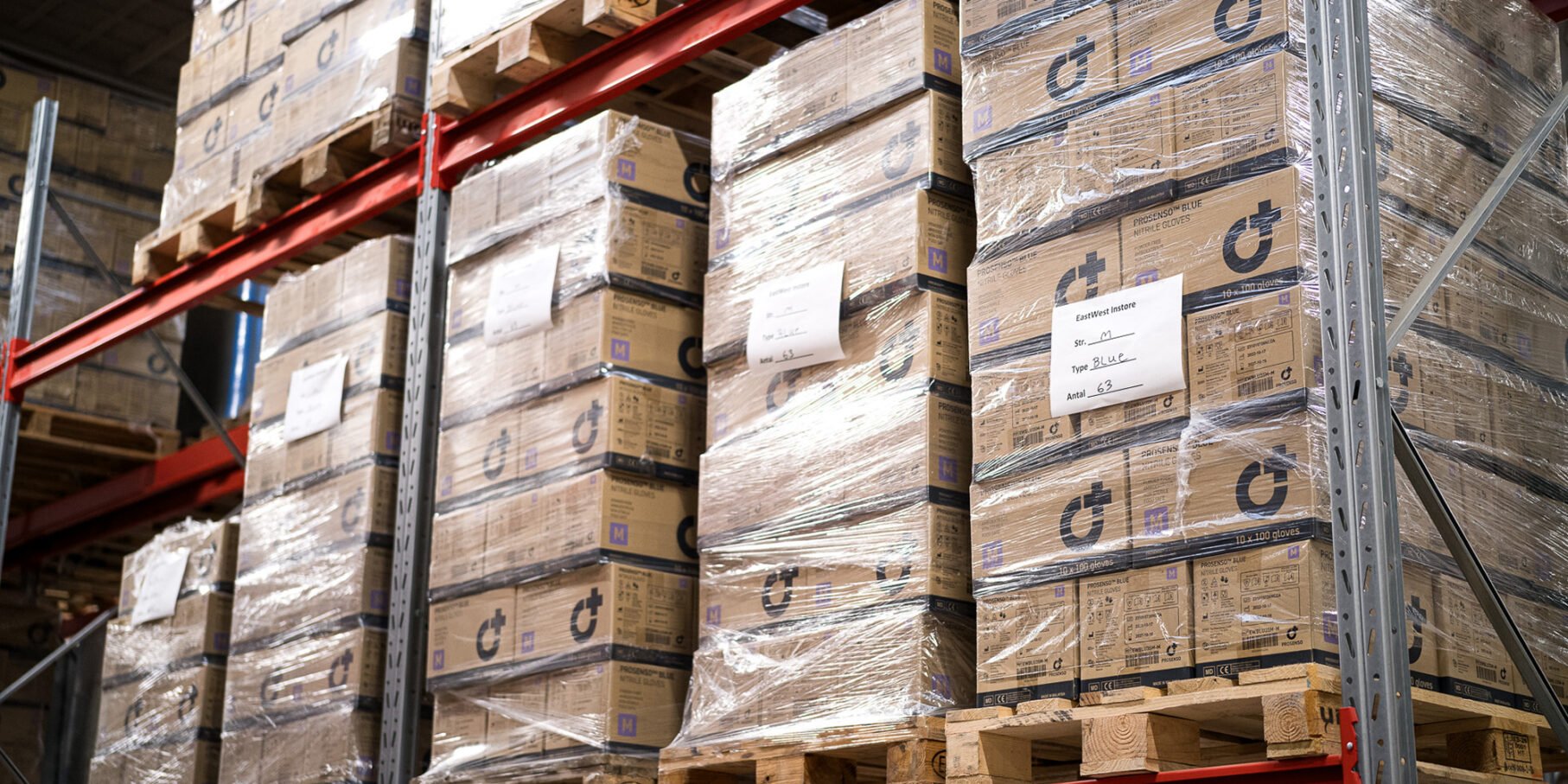
Disposable gloves, especially those made of nitrile, have become a standard accessory in various industries, including healthcare, food service, and manufacturing. They are used to protect workers from exposure to hazardous materials and to prevent the spread of infection.
The shelf life of nitrile gloves depends primarily on their material composition and storage conditions. Nitrile gloves, made from synthetic rubber, offer an average shelf life of about five years. However, some nitrile gloves stored under ideal conditions have been known to last up to 10 years without showing any signs of damage or degradation.
Key Factors Influencing Glove Shelf Life
The two main factors that determine the shelf life of nitrile gloves are the material composition and storage conditions.
-
Material composition:
The type of nitrile used in the gloves can affect their shelf life. For example, powder-free gloves tend to have a shorter shelf life than powder-coated gloves. Although it should be noted that powder-coated gloves are no longer accepted under the medical standard in Europe and USA.
-
Storage conditions:
Proper storage conditions can significantly extend the shelf life of nitrile gloves. The key to achieving this is maintaining a cool, dark, low-moisture environment with adequate ventilation. It’s advisable to store gloves away from heat, moisture, ozone, and ultraviolet light sources that could potentially damage them.
Best Practices for Storing Nitrile Gloves
The longevity and effectiveness of your nitrile gloves largely depend on how they’re stored. Here are some tips to ensure proper storage:
-
Temperature control:
Gloves should be stored in a cool environment, ideally between 10 and 25 degrees Celsius (50 and 72 degrees Fahrenheit). They should never be stored at temperatures higher than 30°C (90°F) or in extremely cold conditions.
-
Avoid exposure to light and heat:
Keep gloves away from direct sunlight and heat sources, including radiators, motors, electrical equipment, and fluorescent lights that produce ultraviolet light.
-
Moisture and dust management:
Gloves degrade more rapidly when exposed to dust and moisture. Therefore, ensure your storage area is dry and has effective ventilation.
-
Preserve original packaging:
Keep the gloves in their original packaging until use to protect them from environmental exposure.
-
Follow manufacturer guidelines:
The manufacturer’s storage guidelines are based on comprehensive testing and should be adhered to for optimal glove performance.
Understanding the Impact of High Heat on Disposable Gloves
Exposure to high heat levels can cause significant damage to disposable gloves, compromising their structural integrity and functionality. Heat can cause the material to break down, reducing the gloves’ ability to stretch and increasing their susceptibility to tearing. Additionally, fluorescent light from bulbs and electrical equipment can contribute to heat and UV exposure, further degrading the gloves.
Key Indicators of Unusable Gloves
Knowing when your gloves are no longer safe to use is crucial for maintaining safety standards. Inspect the gloves for signs of degradation, such as breaks, surface cracks, loss of elasticity, or any form of physical damage. The gloves should not be used if any of these signs are present.
Final Thoughts
Proper storage of nitrile gloves is essential to preserving their quality, ensuring their safety and effectiveness, and avoiding unnecessary waste. By following the guidelines outlined in this article, you can extend the life of your gloves, guaranteeing their reliable performance whenever needed.
Remember, the primary goal of using nitrile gloves is to prevent contamination and ensure safety. Thus, correct storage practices are about preserving the gloves and safeguarding health and wellbeing.
